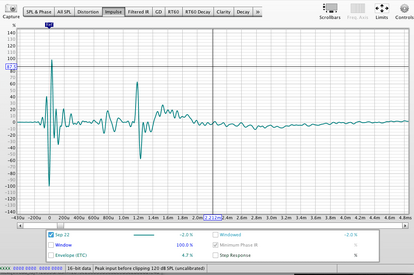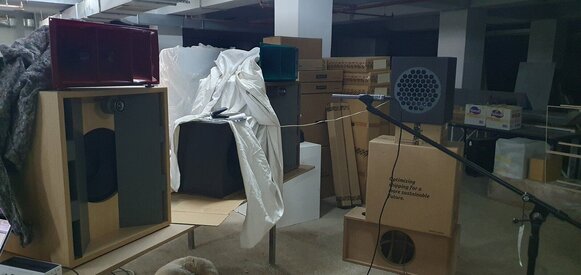selim
Registered
Thread Starter
- Joined
- Dec 22, 2020
- Posts
- 21
More
- Preamp, Processor or Receiver
- minidsp
Hi,
I have a 3 way active speaker that I've built. The midrange compression driver is in the back, mounted on a horn, the woofer is in front of it, and the tweeter is on the front of the speaker. To time-align these drivers, I need to input the delay values in the DSP of the plate amp. How can I measure the delay of the sound from the woofer and tweeter with respect to the midrange driver, as they arrive to the mic? Thanks in advance.
Selim
I have a 3 way active speaker that I've built. The midrange compression driver is in the back, mounted on a horn, the woofer is in front of it, and the tweeter is on the front of the speaker. To time-align these drivers, I need to input the delay values in the DSP of the plate amp. How can I measure the delay of the sound from the woofer and tweeter with respect to the midrange driver, as they arrive to the mic? Thanks in advance.
Selim
















